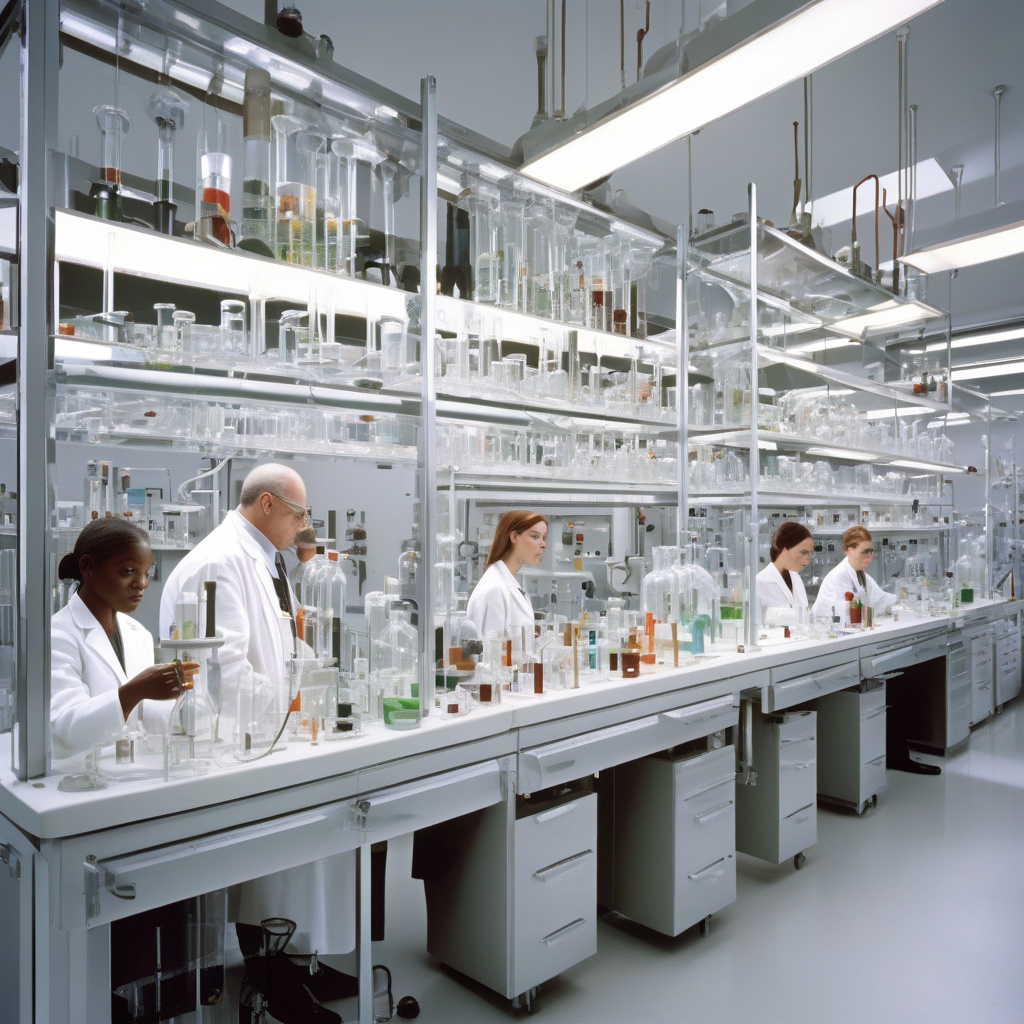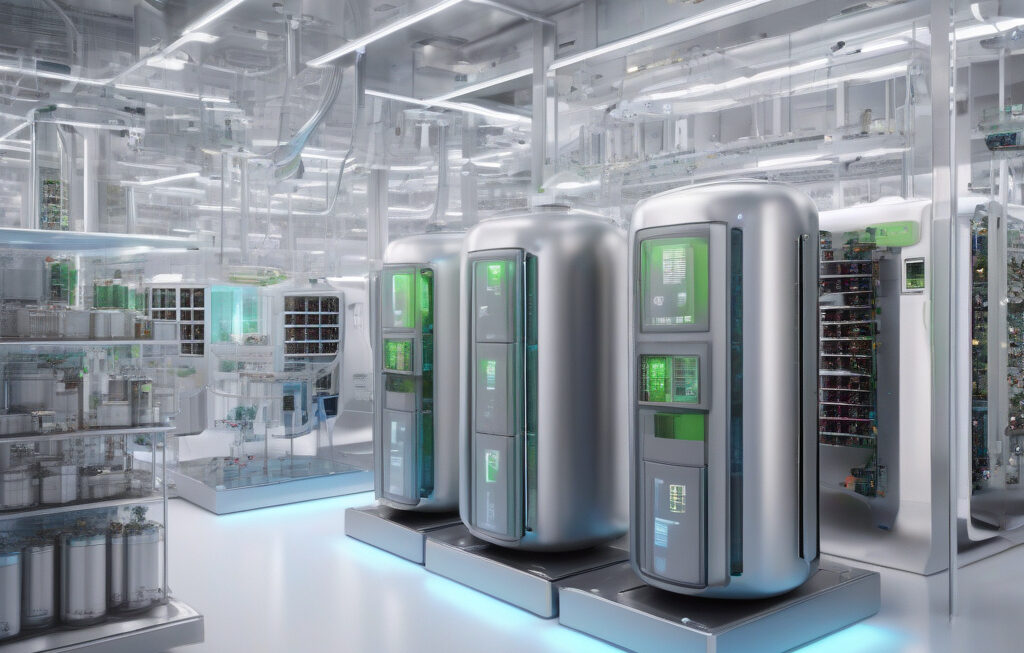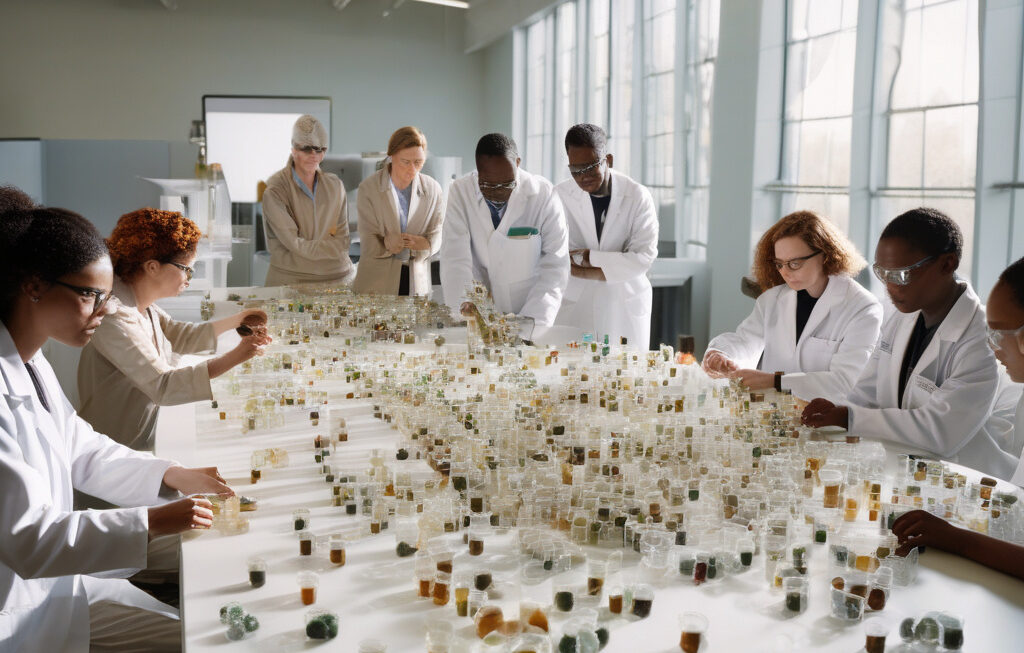From Forest to Plastic: Transforming CO2 into Raw Materials for a Sustainable Future
A three-year research project involving scientists from VTT Technical Research Centre of Finland and LUT University has yielded a groundbreaking method to address the pressing issue of carbon dioxide emissions. By harnessing the power of forestry waste, these innovative minds have developed a technique to convert CO2 into valuable raw materials for the production of plastic. This revolutionary approach not only offers a sustainable solution to reduce greenhouse gases but also provides a practical use for abundant forest resources.
Traditionally, the forestry industry has been a significant source of carbon dioxide emissions due to the decomposition of organic matter and the burning of wood waste. However, by capturing CO2 from forestry operations and converting it into plastic raw materials, researchers have found a way to turn a problem into a valuable resource. This process not only helps mitigate the environmental impact of deforestation but also contributes to the circular economy by repurposing waste into useful products.
The key to this innovative method lies in the utilization of novel catalysts that facilitate the conversion of CO2 into chemical compounds suitable for plastic manufacturing. By leveraging the abundant supply of forest biomass, which acts as a sustainable source of carbon, scientists have been able to create a closed-loop system that minimizes waste and reduces the reliance on fossil fuels. This approach not only reduces the carbon footprint of plastic production but also offers a viable alternative to traditional petrochemical-based materials.
Moreover, the conversion of CO2 into plastic raw materials represents a significant step towards achieving carbon neutrality in the manufacturing sector. By integrating sustainable practices into the production process, companies can reduce their environmental impact and meet the growing demand for eco-friendly products. This innovative solution not only aligns with global efforts to combat climate change but also demonstrates the potential for scientific advancements to drive positive change in various industries.
In addition to its environmental benefits, the conversion of CO2 into plastic raw materials also holds economic promise. By creating a value-added product from waste streams, companies can enhance their competitiveness and appeal to consumers who prioritize sustainability. Furthermore, the development of new technologies for carbon utilization opens up opportunities for collaboration and innovation across sectors, fostering a culture of sustainability and resource efficiency.
As the world grapples with the challenges of climate change and resource depletion, initiatives like the one spearheaded by VTT Technical Research Centre of Finland and LUT University offer a glimpse into a more sustainable future. By reimagining waste as a valuable resource and harnessing the power of science and innovation, we can pave the way for a circular economy that prioritizes environmental stewardship and economic prosperity. The transformation of CO2 from forestry into plastic raw materials represents a significant milestone in the journey towards a greener, more sustainable world.
#CO2Conversion, #PlasticRawMaterials, #SustainableInnovation, #CarbonNeutrality, #CircularEconomy












